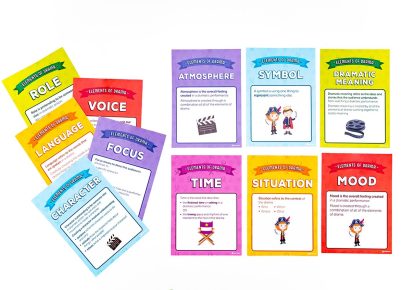Are you looking for strategies to help students who need to be near you to pay attention? If so, keep reading.
1. Provide a consistent manner in which oral questions are asked and instructions are given.
2. Get the learner to take notes when instructions are being given following the “What, How, Learning materials, and On occasions where” format.
3. Talk regularly with the learner to help them pay attention to a source of the sound.
4. Praise the learner for paying attention to the information presented from any place in the classroom: (a) give the learner a concrete reward (e.g., privileges such as leading the line, handing out learning materials, 10 minutes of free time, etc.) or (b) give the learner an informal reward (e.g., praise, handshake, smile, etc.).
5. Give instructions on a one-to-one basis before assigning a task.
6. Use the learner’s name to gain their attention prior to delivering directions, explanations, or instructions.
7. Praise those students who pay attention to information from any place in the classroom.
8. Provide mobility to assist the learner; regularly be near the learner, etc.
9. Provide all directions, questions, explanations, and instructions at an appropriate rate for the learner.
10. Provide simple, specific instructions as to what the learner is to do.
11. Do not criticize when correcting the learner; be honest yet compassionate. Never cause the learner to feel negatively about themselves.
12. Talk regularly with the learner to help them follow instructions for a learning experience.
13. Provide visibility to and from the learner to keep their attention when oral questions/instructions are being delivered. The teacher and the learner should be able to see each other at all times. Make eye contact possible at all times.
14. Do not give instructions to the learner from across the classroom. Go to the learner, get their full attention, and explain the instructions to him/her.
15. Separate at several points during the presentation of directions, explanations, or instructions to check the learner’s understanding of the information presented.
16. Provide a signal to gain the learner’s attention before delivering directions, explanations, or instructions (e.g., clap hands, turn lights off and on, etc.).
17. Place the learner near the source of information in the classroom. As the learner shows success, slowly move them away from the source of information.
18. Show instructions following the outline of (1) What, (2) How, (3) Learning materials, and (4) On occasions where.
19. Get the learner to listen and takes notes for “Who, What, Where, On occasions where, How, and Why” while ideas are presented.
20. Provide oral questions and instructions that involve only one step. As the learner shows success, slowly increase the number of ideas or steps.
21. Consider using assistive technology designed to help students to attention deficit hyperactivity disorder to concentrate. Click here to view list of assistive technology apps that we recommend.




